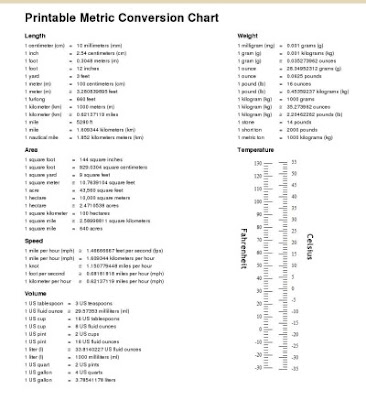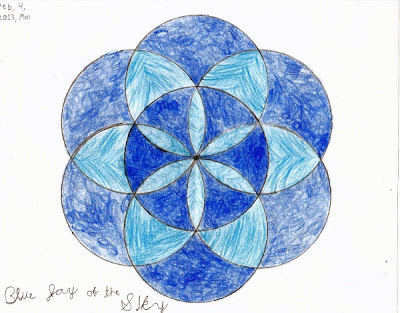The history and effectiveness of "traditional" math
As I'm sure you know, many people are at odds as to how mathematics should be taught: using traditional methods or some newer ones? Disagreements about teaching methodologies, math curriculum, and standardized testing are all heated topics within the national conversation.
Many homeschoolers have seen the failure of modern math curricula, such as Everyday Math, and are embracing “traditional math” instead, feeling it must be much better. And yet many people oppose “traditional math”, feeling it was just “rote memorization” and did not teach children conceptual thinking.
Critics claim that the teaching methods back then were too focused on memorization and thinking about math problems in a vacuum—students weren't taught concepts as much as they were taught how to solve certain problems in certain ideal settings.
But Garelick challenges these arguments by offering a glimpse into a typical math textbook from the late 1940's. Click to the article to see the image!
The page features an lesson about the connection between division and fractions, explaining this concept using pictures of baked goods divided into portions. The book goes on to explain how fractions are divisions in an easy-to-understand manner that clearly contradicts the notion that teachers in this era only taught their students to memorize procedures. In other words, the textbook definitely gives students the conceptual understanding about this topic.
Garelick also points to the fact that test scores in Iowa steadily rose throughout this period of traditional teaching as further evidence of its success. During the late 1960's and mid-1970's these “traditional” teaching methods were increasingly shelved in favor of alternative and progressive methodologies that produced mixed results. Then the test scores started decreasing, though they don't paint a full picture of why that was happening.
Garelick posits that it’s likely a combination of poor teaching and insufficient coverage of the most basic lessons in arithmetic (like fractions) that might have accounted for increasingly poor performance from school children. He also states that sidelining traditional teaching with direct instruction in favor of more needs-based, collaborative learning strategies has also made it difficult for math instructors to teach their lessons properly.
While there's no way to pin down what exactly constitutes “traditional math”, Garelick proves that it's not something that educators should shy away from, or think as deficient. Traditional math education seemed to work well for decades, and was NOT dismissing teaching conceptual understanding.
I got help for this article from Melanie Foster, who writes about education, online education technologies, and general writing advice for OnlinePHDprograms.com
Many homeschoolers have seen the failure of modern math curricula, such as Everyday Math, and are embracing “traditional math” instead, feeling it must be much better. And yet many people oppose “traditional math”, feeling it was just “rote memorization” and did not teach children conceptual thinking.
What does “traditional math” even mean?
Barry Garelick discusses the elusive definition of a traditional math education in a recent article in Education News (a good read!). He chooses the 1940's-1960's as the era that people typically refer to when they talk about "traditional" math education.Critics claim that the teaching methods back then were too focused on memorization and thinking about math problems in a vacuum—students weren't taught concepts as much as they were taught how to solve certain problems in certain ideal settings.
But Garelick challenges these arguments by offering a glimpse into a typical math textbook from the late 1940's. Click to the article to see the image!
The page features an lesson about the connection between division and fractions, explaining this concept using pictures of baked goods divided into portions. The book goes on to explain how fractions are divisions in an easy-to-understand manner that clearly contradicts the notion that teachers in this era only taught their students to memorize procedures. In other words, the textbook definitely gives students the conceptual understanding about this topic.
Garelick also points to the fact that test scores in Iowa steadily rose throughout this period of traditional teaching as further evidence of its success. During the late 1960's and mid-1970's these “traditional” teaching methods were increasingly shelved in favor of alternative and progressive methodologies that produced mixed results. Then the test scores started decreasing, though they don't paint a full picture of why that was happening.
Garelick posits that it’s likely a combination of poor teaching and insufficient coverage of the most basic lessons in arithmetic (like fractions) that might have accounted for increasingly poor performance from school children. He also states that sidelining traditional teaching with direct instruction in favor of more needs-based, collaborative learning strategies has also made it difficult for math instructors to teach their lessons properly.
While there's no way to pin down what exactly constitutes “traditional math”, Garelick proves that it's not something that educators should shy away from, or think as deficient. Traditional math education seemed to work well for decades, and was NOT dismissing teaching conceptual understanding.
I got help for this article from Melanie Foster, who writes about education, online education technologies, and general writing advice for OnlinePHDprograms.com


Comments
Children should be encouraged to do arithmetic exercises in which a chart is available for them to quickly check whether their guess is correct. After multiple times, maybe even days or weeks of this, they will have learned the arithmetic facts and times tables naturally, without boring memorization. I never did learn the times tables in grade school. I only learned them by drilling the first few third grades I taught.